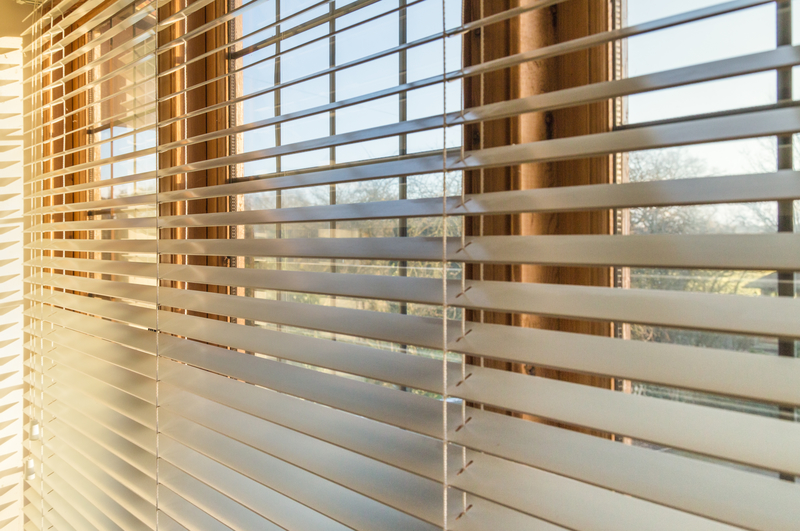Uplifting your windows with curtains or blinds is a big deal, the options and choices available are extensive, making your decision even more difficult. Once you have found the right types of curtains for your home or the right blinds for you, their effect on the interior design of your home is impressive. When selecting your curtains or blinds, the function is just as important as the style, what’s the point in having curtains that look amazing but don’t do their job? One great way to make your decision on which curtains or blinds to choose easier is by filtering the blinds into functions. Would you like to filter the light, create privacy or give the room a little colour? In any case, you should consider the following four components in the selection;
1. Privacy and lighting conditions
The use of space determines how you should filter the light. For shared spaces, such as the living room, you should select a curtain that allows enough light into the room, whilst when privacy or reduced light is wanted you can pull them closed. Thicker fabrics are less translucent and are therefore more suitable for private areas such as the bedroom.
Top Tip → For rooms with plenty of sunlight, you should choose natural shades. Sunlight bleaches colourful curtains faster, by choosing a natural shade you can prevent your curtains from bleaching too fast.
2. Dimensions
When hung correctly, the curtains can make the room look bigger. When hanging your curtains be sure to measure the height from the curtain rod to the floor. Do not forget to include the height of the rings or the suspension device. Measure the width of the window and consider how much space on the ground should remain free. It’s recommended that the curtains should be three times as wide as the window – for that sleek, stylish look, the curtains should only be about 5cm wider than the window.
To calculate the correct length, consider these four ways in which you can hang your curtains:
- The curtain brushes the window sill: for short curtains, the hem brushes the window sill.
- The curtain touches the floor: the curtain hangs just above the ground and almost touches it.
- The curtain is slightly on the floor: the hem of the curtain is 3cm – 5cm longer than the total height, the curtain is therefore partly on the ground.
- The curtain is draped on the floor: the curtain is more than 5cm longer than the overall height and covers parts of the floor.
Top Tip → Bring curtains up a little bit to make the ceiling of your rooms appear higher.
3. Material
If you are looking for the perfect curtain or the ideal blind, choosing the right material plays an important role. Again, the use of space is a crucial factor in the selection of the fabric. To allow the room to be flooded with natural light, linen or cotton are light, airy fabrics, great for creating the atmosphere you desire. Heavy fabrics, such as suede or velvet, allow less light and give the room a more formal look overall.
Top Tip → Hold a sample of the fabric to your window, to see if it meets your expectations.
4. Style
Once you have made a selection in the first three points, it is time for you to choose a style. Here are some ideas:
- Bring colour into the room with plain or patterned curtains.
- Be bold and choose curtains with strong colours and eye-catching patterns.
- Remain restrained with neutral colours and simple patterns.

Thank you for reading our latest blog, did you enjoy reading? If you have any questions or queries don’t hesitate to get in touch, our friendly team are ready to help you. To find out more on what we offer and how we can help you head over to our Home Page.








